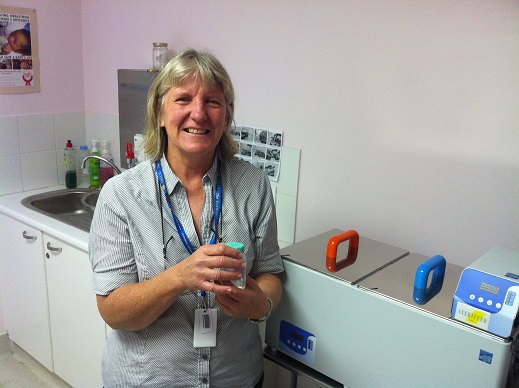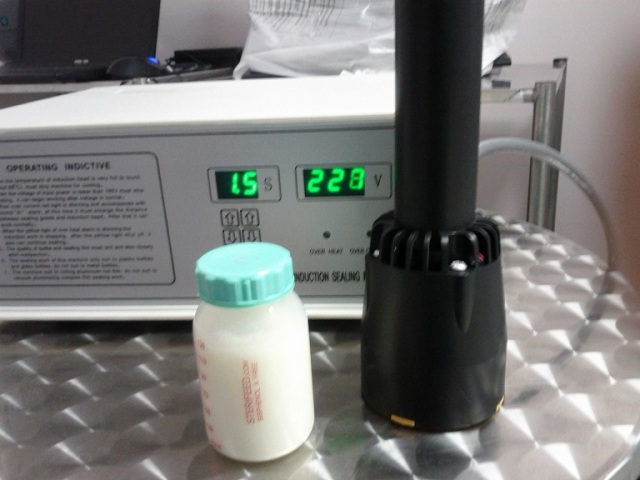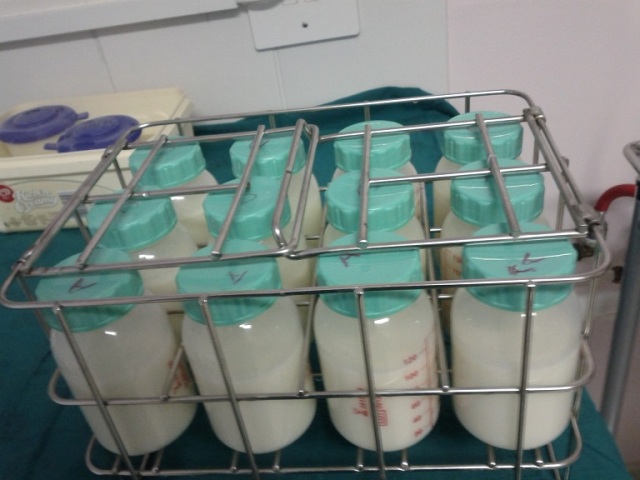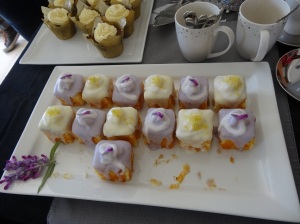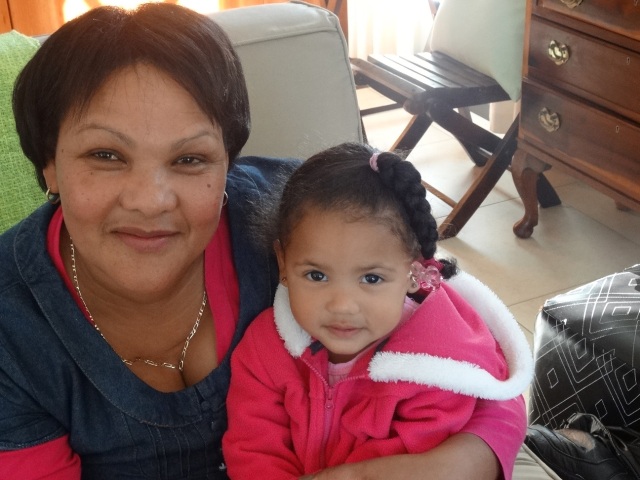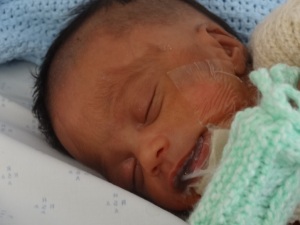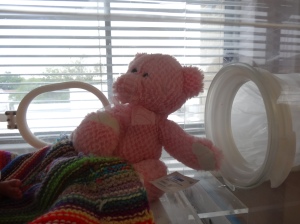There is a post I have been itching to write for nearly 4 months. Drops4Life received a brand new pasteuriser in mid March, and I naively believed I would simply plug it in and start using it.
However I had a lesson in patience. First we had to get permission from the landlords to make the structural alterations necessary . The system needed 5 extra plug sockets and hot and cold running water installed.
I had a brief training session. Now I’ve done a batch of pasteurising on my own, just me and the manual, which is heady stuff . Unexpected beeps and flashing to show that things were on the move. But eventually I had 2.5 litres of processed milk to put away in our freezer, in about… um, well, the same period of time that it would have taken me processing 2.5 litres in batches of 300 mls at a time before. I anticipate that I will get more slick with practice.
How did I pasteurise milk before? That’s a good question, and I did it properly with a fairly low-tech method, but it’s a story for another day.
At this point, it’s worth saying that mother’s own fresh milk is *always* better for a baby; however if there is no milk available from the mother, screened tested pasteurised milk is the only milk considered a safe replacement for sick and premature babies, because of the small but important possibility that some viruses can be passed via human milk. Milk is the only donated human tissue that can be pasteurised and still be useful, unlike blood and sperm. Hospitals in Norway do not pasteurise their donor milk, and cover themselves by stringently screening the mothers.
The new pasteuriser cost trillions more than the old method but I didn’t pay for it.
The basic outline in any pasteurising process is that we heat the milk for long enough to kill all the potential bacteria (and viruses) in the milk, trying to make the balance between sterility and cooking the good things out of the milk. We can do this by heating the milk either very fast to a high temp for a few seconds, or more of a gentle sweat for a long time.
The new machine uses Holder pasteurisation (Low Temp Long Time pasteurising), ie 62.5^C for 30 minutes, and is the current gold standard for milk banking. I have the entry-level pasteuriser, which means that I have to push the buttons and move the milk from hot to cold water by hand. I think the better version provides a slave to do for you.
I also have a new bottle-sealer which MAGnetICALLY seals a plastic/foil tab inside the bottle without frying the bottle cap. It was a surprise to feel the sealed jar getting warmer from the inside. Sealed like the juice bottles, this is yet another protection for the milk during pasteurisation, cooling and later thawing.
And here is the precious potion about to go into the pasteuriser:
One day I will have my label printer and computer all connected and have a professional retail product fit for somewhere like Woolworths…. if only. We exist to serve babies desperately in need, and we will never have enough milk. As always, if you know someone who is willing and able to send milk or money, please put them in touch! Our banking information or contact numbers are on the “Our details” page.


